Northern provinces harness innovation to expand fruit exports
In recent years, local farmers across the country have increasingly adopted scientific and technological solutions in fruit cultivation, helping boost productivity, improve product quality and enhance income. Many localities have established large-scale, specialised fruit-growing zones geared towards commercial production for both domestic consumption and export.
The northern midland and mountainous region boasts favourable soil conditions and diverse ecological subzones suitable for a wide variety of fruit trees. The presence of international border gates in the area also facilitates the trade of agricultural products, including fruit.
 |
|
Farmers in Hoa Binh Province harvest oranges. |
According to the Department of Crop Production and Plant Protection (Ministry of Agriculture and Environment), the northern midland and mountainous region currently has about 271,900 hectares of fruit trees, accounting for 21.4% of the national total.
Many varieties, including more than 3,000 hectares of banana, over 3,400 hectares of longan, 4,172 hectares of orange and over 10,000 hectares of pomelo, are now cultivated using advanced methods. Additionally, around 20,700 hectares are certified under VietGAP and equivalent standards, with 67 hectares certified organic.
Phan Huy Thong, Vice Chairman of the Viet Nam Gardening Association, noted that the region has formed several large-scale fruit cultivation areas focused on commercial production, processing and export.
Key examples include Luc Ngạn lychee (Bac Giang Province), and oranges and pomelos from Ha Giang, Tuyen Quang, Hoa Binh and Phu Tho provinces; longans from Song Ma (Son La Provicne) and Yen Son (Tuyen Quang Province).
Numerous fruit varieties such as Australian, Taiwanese and Thai mangoes; early- and late-ripening longans; and special orange cultivars have been selected, improved or imported to enhance yields and product quality.
Farmers have also embraced standards-based production such as VietGAP, GlobalGAP, circular, organic, smart and digital agriculture. These practices are increasingly linked to planting area codes and traceability systems, helping to improve economic efficiency.
In Sơn La Province, fruit growers earn an average of 150–300 million VND (5,700 – 11,500 USD) per hectare per year. In some areas, fruit farming yields two to three times the income of rice cultivation, and three to four times that of cassava.
Many farm owners and cooperatives growing lychee, longan, plum, custard apple and orange, by applying scientific methods, now earn 500–700 million VND (19,100 - 26,800 USD) per hectare per year.
Nguyen Dai Thanh, Deputy Director of Tuyen Quang's Department of Agriculture and Environment, said the province currently has about 17,550 hectares of fruit trees, producing over 200,000 tonnes annually.
In recent years, the province has encouraged the use of advanced irrigation systems, water-saving techniques, and hand-pollination in fruit cultivation.
Farmers also use digital pest management tools and expand production according to VietGAP, GlobalGAP and organic standards, now covering about 2,199 hectares. As a result, both productivity and quality have improved, ensuring stable incomes for local growers.
According to Son La’s General Science Association, by 2025 the province is expected to have over 85,000 hectares of fruit trees, with an annual output of around 510,000 tonnes.
Key crops such as mango, longan, plum, avocado and passion fruit are being expanded with the aid of modern techniques to improve value.
More than 4,700 hectares of fruit-growing areas have been certified to VietGAP standards, and five regions have been recognised as high-tech agricultural zones.
A representative of Ngoc Hoang Agricultural Cooperative (Son La) reported that the cooperative currently has 215 members cultivating 500 hectares of fruit trees, mainly red-fleshed dragon fruit. In 2024, it planted 200 hectares of dragon fruit, yielding 4,000 tonnes.
Of this, 800 tonnes were exported via intermediaries to Russia, France, Germany, the Netherlands and Italy, generating revenues of 3.6 billion VND (138,200 USD).
The cooperative attributes its success to the use of organic farming methods, water-efficient irrigation and pruning techniques to increase harvest frequency, thereby improving member incomes.
Hoa Binh Province has 9,736 hectares of citrus fruits with an annual output of 208,934 tonnes. The province has developed concentrated fruit-growing zones with intensive farming practices and diverse, high-yield varieties.
Vu Thi Le Thuy, Director of 3T Cao Phong Agricultural Cooperative (Cao Phong District, Hoa Binh), said the cooperative, founded in 2008, now cultivates about 20.8 hectares of orange.
To ensure quality, the cooperative uses reputable varieties such as CS1 and V2, achieving an annual yield of around 300 tonnes. Its products are sold under contracts at prices 10–15% higher than the market average.
With stable sales channels, member households earn between 350–400 million VND (13,400 – 15,300 USD) per hectare per crop.
However, the Department of Crop Production and Plant Protection noted that challenges persist. Production remains fragmented and small-scale, complicating quality control, traceability and marketing.
Traditional irrigation methods are still prevalent, and water-saving drip irrigation has yet to be widely adopted. Many businesses rely on traders to source raw materials, leading to inconsistent quality and higher risk.
Commenting on these issues, Vice Chairman Phan Huy Thong pointed out that some orchards are located on excessively steep or poor-quality land with unreliable water sources, reducing yields and product quality.
Plant varieties and agricultural inputs are not tightly regulated, and there is limited registration, certification and management of planting area codes, geographical indications and traceability systems.
Experts recommend that in the time ahead, ministries and localities prioritise the selection and restoration of local speciality varieties. There should also be continued investment in upgrading fruit tree varieties to improve quality, productivity and pest resistance.
Greater emphasis is needed on high-tech applications, expanding VietGAP, GlobalGAP, organic and circular ecological farming practices, and integrating digital technology in product traceability to enhance transparency and consumer trust.
 Bắc giang
Bắc giang

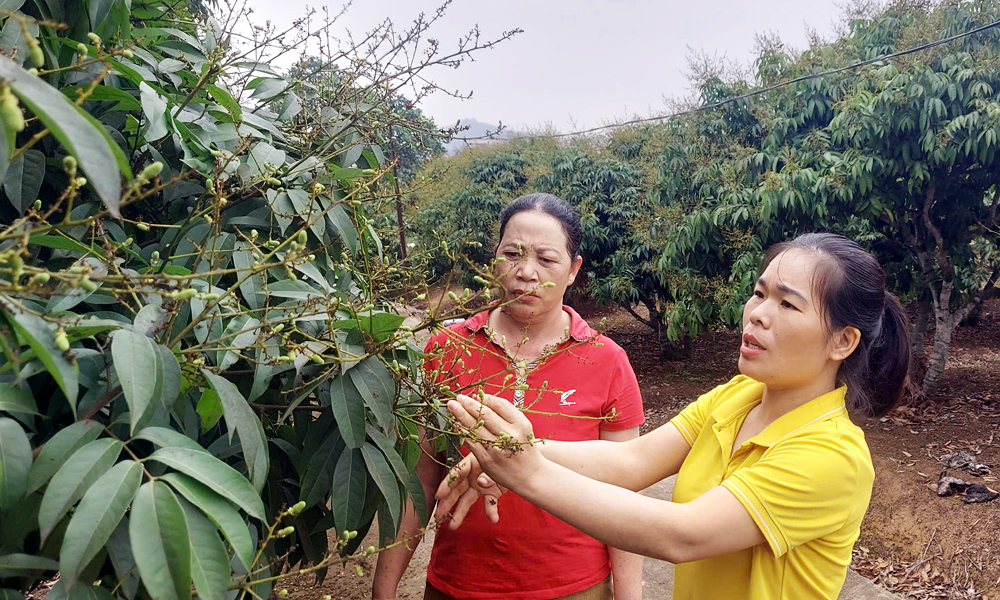


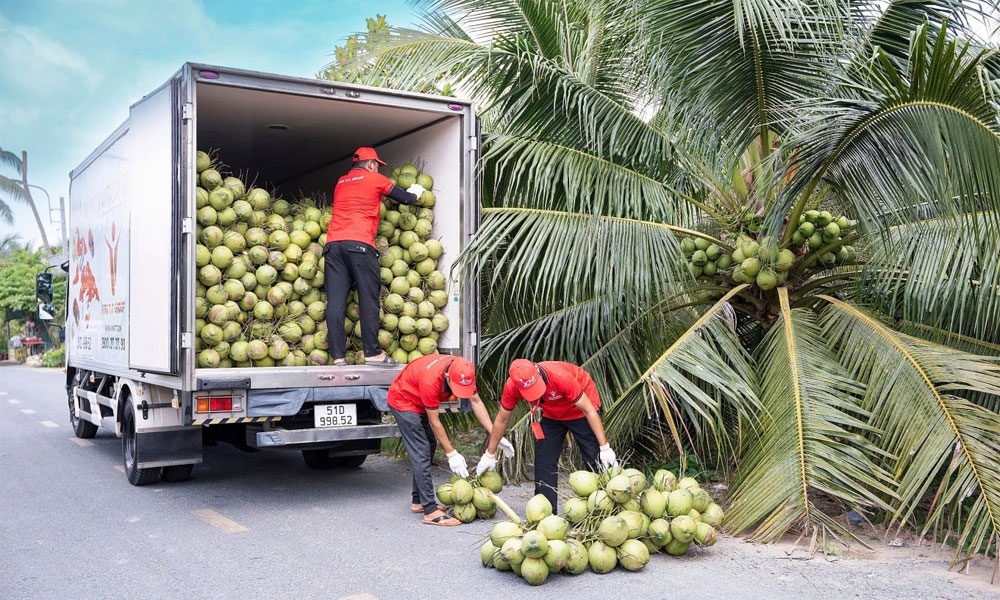
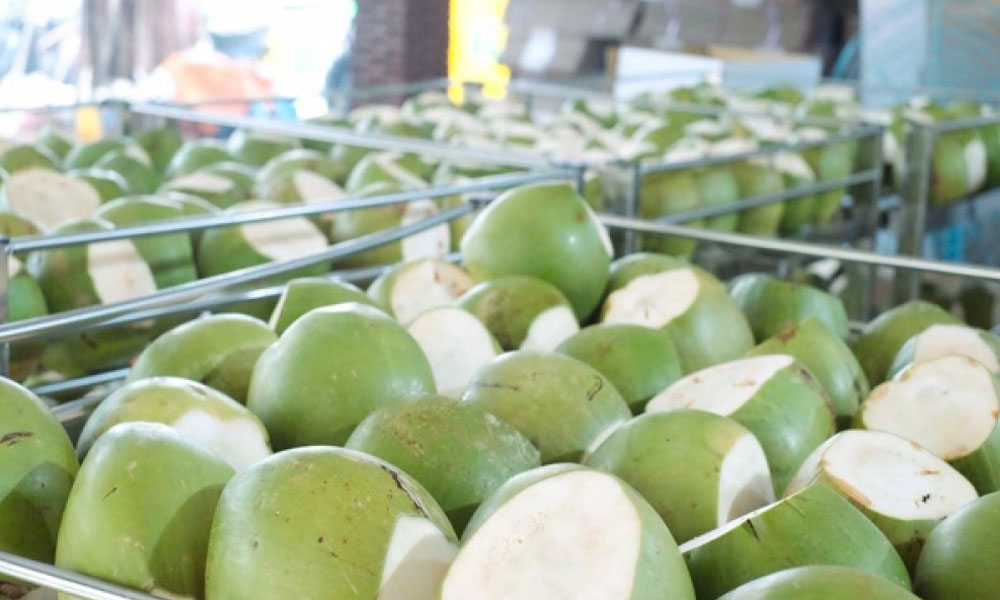

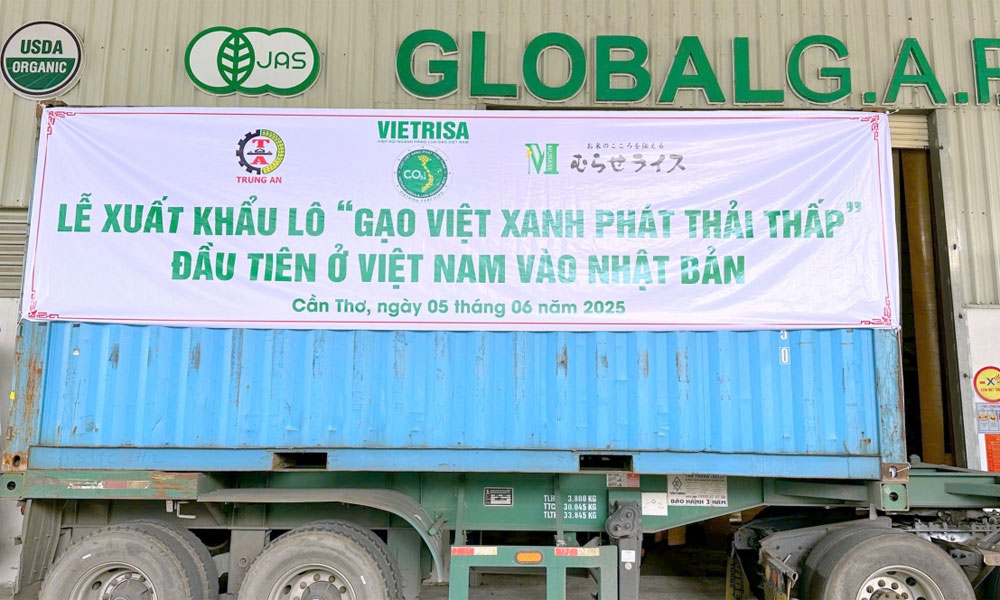

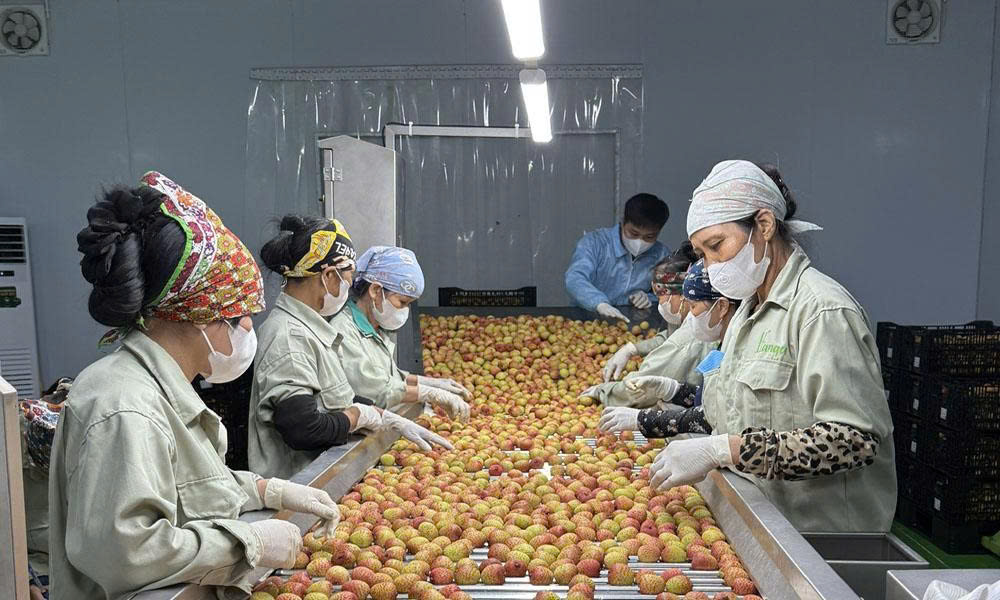
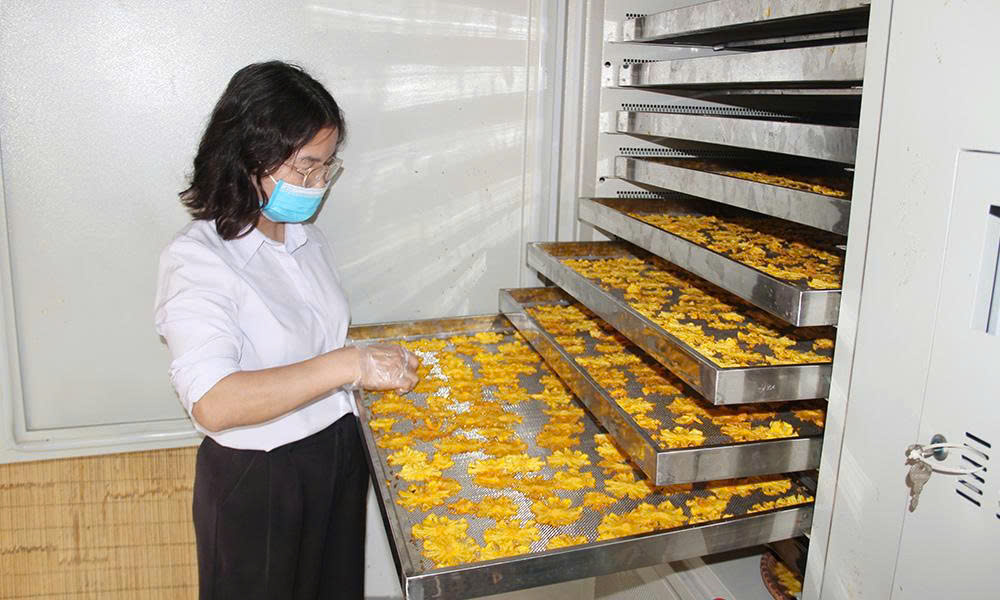




Reader's comments (0)